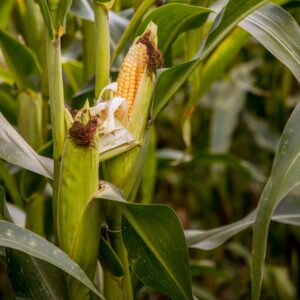
Table grapes are grapes intended for consumption while they are fresh, as opposed to grapes grown for wine production, juice production, or for drying into raisins. Table varieties usually have lower sugar content than wine grapes and are more flavourful when eaten. Their flavours, however, do not survive fermentation and their low sugar content means that any wine produced from them is weak, bland-tasting and easy to deteriorate.
Source: www.satgi.co.za; Table grape market value chain on www.dalrrd.gov.za
Further reference:
Find the “Skills Development and Transformation” option at www.satgi.co.za.
Further reference:
Companies: exporters
Training and research:
Find the “Knowledge Hub” and “Skills Development and Transformation” options at www.satgi.co.za.
The Table Grape Academy comprises the:
The Modular Course in Table Grape Production is presented by SATI, ARC-Infruitec/Nietvoorbij and Elsenburg.
A long-term empowerment programme in the Northern Cape has helped previously disadvantaged farmers improve their grape farming knowledge and financial management skills. The project is an Agricultural Research Council (ARC) led collaboration between several government and non-governmental organisations, as well as two private companies in the fruit and wine industry. Since 1997, the project has offered farmers days, business management training courses, workshops, and on-farm consultations to the communities of Eksteenskuil and Releaboga. The project has resulted in many new wine and raisin grape vineyards being established.
Source: Agricultural Research Council (ARC)